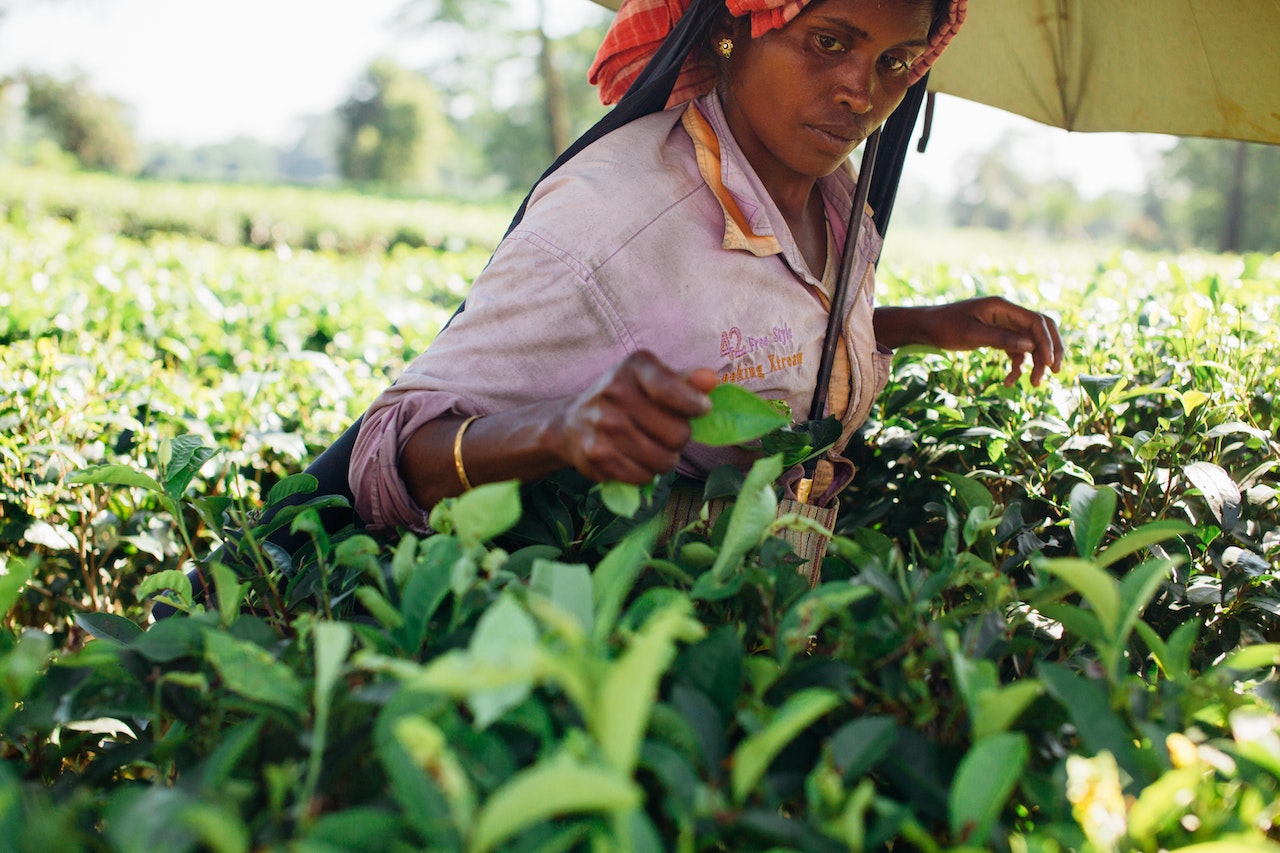Report reveals extreme heat’s toll on women’s health and income

Image: Kelly | Pexels
Extreme heat, fueled by climate change, is posing a significant threat to livelihoods, human health, and social cohesion. According to a report released by the Adrienne Arsht – Rockefeller Foundation Resilience Center (Arsht-Rock), this relentless heat is exacerbating gender inequalities, with its effects being disproportionately harmful and costly to women.
The report, titled ‘The scorching divide: How extreme heat inflames gender inequalities in health and income,’ quantifies the profound consequences of extreme heat on women’s labour productivity – both in paid work and unpaid work at home – and on their health, with analyses of the effects in India, Nigeria, and the US, three geographically and socioeconomically diverse countries.
Secretary Hillary Rodham Clinton, Arsht-Rock's Global Ambassador for Heat, Health, and Gender, emphasised the critical need to understand and address the effect of heat on women's lives: "Understanding and measuring the effects of heat on women’s lives, including their health and how it limits their income and economic opportunities, is critical – especially when nearly 60 per cent of the world’s women work in the informal sector and are disproportionately affected by climate change. This new analysis will inform policy makers, financial institutions, and the work of organisations like Arsht-Rock and the Clinton Global Initiative to address these inequities and develop urgent and life-saving actions around the effects of extreme heat."
The report highlights the various health effects that contribute to reduced productivity among women exposed to extreme heat. These include reduced concentration, impaired hand-eye co-ordination, slowed thinking, headaches, fatigue, and more severe conditions such as rashes, urinary tract infections, dizziness, nausea, and blisters. Pregnant women, in particular, face higher physiological vulnerability to heat because of the differences in thermoregulation.
The study estimates that, by 2050, extreme heat could claim the lives of approximately 204,000 women annually across the three countries studied.
Key findings of the report
One of the key findings of the report is that heat has a major effect on unpaid domestic labour – an ‘invisible’ dimension of worker productivity that is rarely studied, valued, or reflected in GDP statistics. Across the three countries studied, losses in unpaid labour because of the effects of heat account for up to 75 per cent of the productivity losses experienced by women. Across the three countries, extreme heat means women need to work significantly longer to perform the same volume of (paid and unpaid) work. These losses mean more time and effort spent completing domestic tasks such as cooking, cleaning, and obtaining food and water for the family – plus diminished income from paid work.
The inclusion of unpaid work in our analysis increases the estimate of heat-related losses women experience by 260 per cent, in contrast to 76 per cent for men. These losses bear heavily on the well-being of women and their families and have knock-on consequences across societies on basic needs such as childcare and family nutrition. Furthermore, over the longer term, they will inhibit female education, labour market inclusion, and broader economic development.
Heat-related income losses to women in the paid labour market constitute a significant drain on economies and severely limit women’s opportunities for income and economic advancement. Women earn on average 20 per cent less than men which means that any income loss has a heavier toll. This analysis yields a conservative estimate of USD 120 billion each year in heat-related losses to women’s paid labour productivity across India, Nigeria, and the US alone – financial and livelihood losses that are pushing the most financially vulnerable women below or further below the poverty line.
Women are at a greater physiological risk from heat than men. Women, particularly pregnant people, face greater physiological vulnerability to heat because of differences in thermoregulation. By 2050, given a dearth of data, conservative estimates predict extreme heat could claim the lives of 204,000 women a year across India, Nigeria, and the US. Furthermore, they are also most likely to shoulder the extra paid and unpaid care responsibilities associated with heat-related illnesses. Across the three countries, women bear up to 78 per cent of the burden of unpaid care work.
Kathy Baughman McLeod, Director of the Adrienne Arsht-Rockefeller Foundation Resilience Center, said: "Extreme heat is quietly but profoundly brutalising women worldwide. Whether they’re at home or on the job, women’s livelihoods are disproportionately affected by heat. This landmark study finally arms employers, policymakers, and advocates with the data to measure the far-reaching costs of extreme heat to women. In doing so, we are blazing a trail for social, economic, and policy solutions that will save lives and bolster economies and communities."